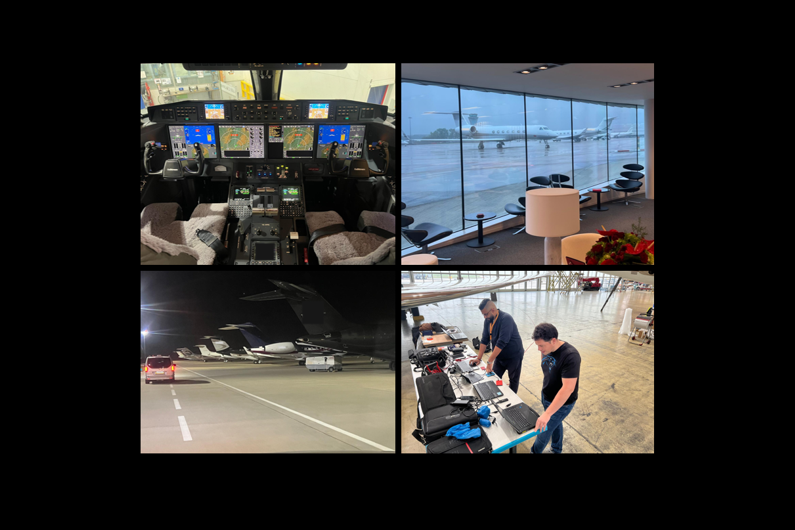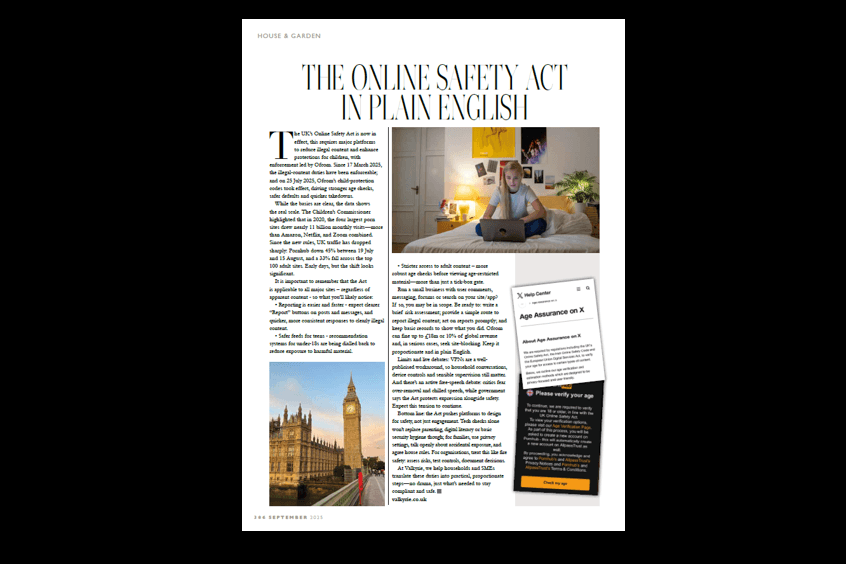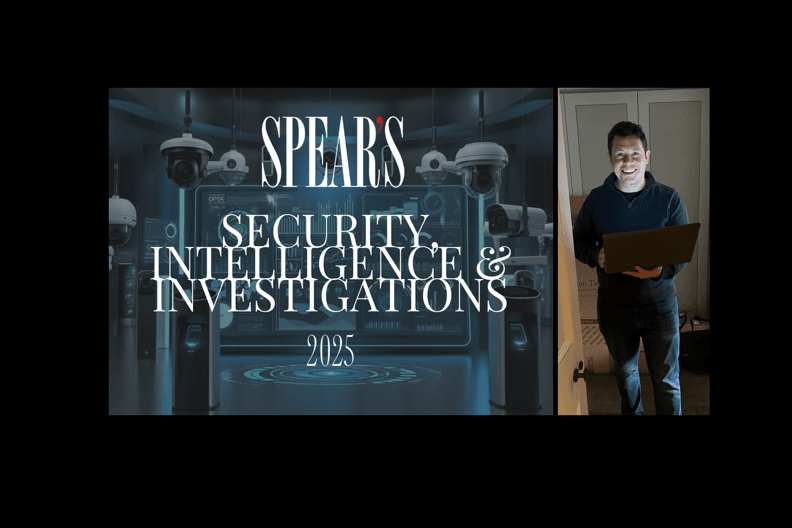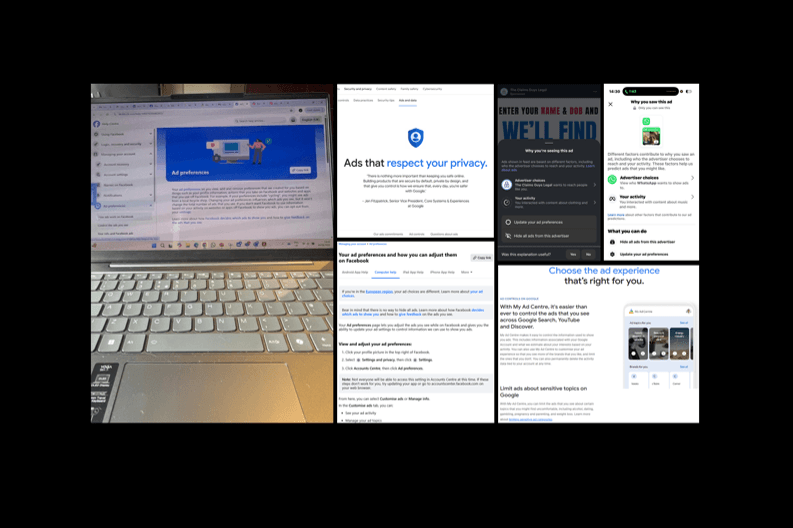Private jet travel offers exceptional privacy and convenience, but it also presents security vulnerabilities that require careful management. Clients who own private jets must address these risks with a meticulous approach that goes beyond the Technical Surveillance Counter Measures (TSCM) sweep. While TSCM is vital, a robust security strategy also includes essential measures like travel protocols, access control, procedural checks, and monitoring online visibility. Private jets often operate in “safe zones” like secure airport facilities, which can lead to complacency. However, a tailored, proactive approach is essential to fully protect privacy and operational security.
Why these areas matter: Travel protocols limit access to authorised individuals, and secure procedures ensure each journey is protected. Controlling physical access to the jet prevents unauthorised entry, tampering, and security breaches, reducing the risk of targeted surveillance.
Beyond physical security, OSINT (Open-Source Intelligence) research reveals publicly available information about the jet, such as flight paths and ownership records, in the context of the owner’s circumstances. Understanding what’s accessible online helps mitigate potential privacy and security risks. Key concerns include:
-Tracking and Targeting risks: Public flight tracking and aviation data services reveal real-time and historical flight patterns, increasing exposure to surveillance and compromising privacy.
-Data leakage and Brand Reputation: Without safeguards, ownership details can link individuals or companies to the aircraft, exposing them to scrutiny. Competitors or malicious actors may exploit this information, impacting privacy and reputation.
-Operational Security (OPSEC) challenges: High-profile clients value discretion, but publicly available data can expose destinations, schedules, and routines.
-Physical and Digital interface risks: With advanced technologies onboard, private jets are vulnerable to cyber threats. Unprotected connections or devices risk exposing sensitive information.
Solution: Proactive security is essential for staying ahead of risks. By combining TSCM with OSINT research, access control, and procedural checks, clients gain a complete view of the aircraft’s digital and physical footprint. For high-profile individuals, this tailored approach ensures privacy and security needs are met with precision. In private travel, peace of mind means knowing what’s out there and taking proactive steps to protect against it.














